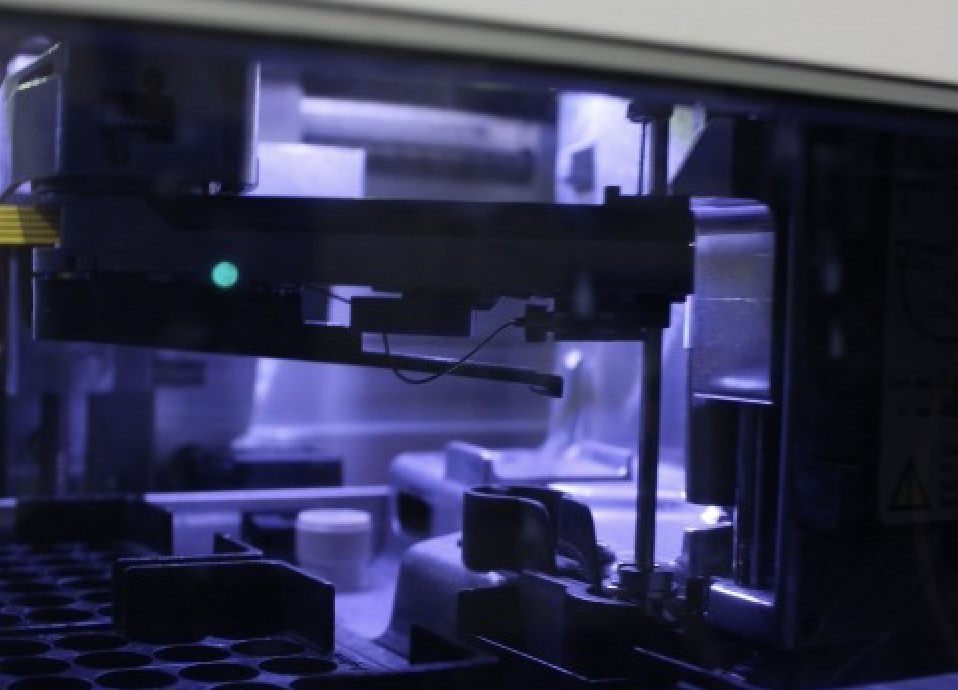Tested, tested, read all about it! Potency has always been in the spotlight when it comes to cannabis testing. Producers often use this information to determine pricing and labeling, while consumers are more often using this same information to determine treatment for ailments or to induce desired effects. The potency of a flower sample is highly impacted by factors such as moisture content, handling practices, and packaging. Here at Desert Valley Testing, some of the most common questions we receive from our clients are about potency testing results.
So, what exactly determines a cannabinoid potency result? What factors go into a higher result versus a lower result? Desert Valley Testing would like to provide a deeper insight into how these factors can affect your potency results and how we can help guide you to providing quality products to the medical and recreational markets alike.
Testing Cannabinoid potency is commonly performed on a High-Performance Liquid Chromatography (HPLC) instrument. After analysis, potency results for a sample will display in a graph similar to this:

Each ‘peak’ that is displayed is representative of a potential cannabinoid in a sample. The higher the peak, the higher the concentration (%) of that cannabinoid. Our analysts will then evaluate and review each peak to verify its identity and concentration for each sample to ensure that only true and accurate results are reported to our clients.
Handling
When you perform sampling procedures, how much are you touching your buds? Cannabis consists of “hair-like” stalked granules called trichomes. These trichomes are where your highest concentration of cannabinoids are found and have the highest influence on potency results. Each time you touch a bud you risk potentially removing those trichomes, subsequently risking a lower potency result. To ensure sample integrity when subsampling for testing, we always suggest less handling is better.
Packaging
Another thing to consider when it comes to losing trichomes is the packaging that the flower is stored and submitted for testing in. ADHS allows the submission of samples in packaging that does not leach or react with the analyte of interest, which gives our clients many options in regard to how they submit flower samples to the laboratory for testing. However, not all packaging is created equal. Plastic containers tend to hold static charge and this can cause trichomes to break off the flower and stick to the plastic, meaning there is a chance that some trichomes might not make it into your laboratory homogenized sample. To prevent this, the use of glass containers could be beneficial for submitting flower samples as they do not hold as much static charge.
Moisture Content
What effect does moisture content have on your cannabinoid potency result? Cannabinoid potency is calculated based off a weight percentage (w/w). This means that the weight of the bud will have an impact on the concentration of cannabinoids for your sample (mg/g). Most of this weight is determined by water, primarily housed in the plant material, which is slowly removed during the curing process. This means the curing process greatly affects the potency due to the amount of water left in the flower. When was the last time you had the moisture content of your flower evaluated? Moisture content is not regulated by ADHS but is offered at Desert Valley Testing for monitoring and comparison of moisture content with cannabinoid potency percentages.
Sample Size
When you submit your sample to a laboratory for testing, how much do you submit? Sample size greatly influences the reliability and repeatability of results that you receive for potency analysis. Laboratories report cannabinoid potency results based off the sample received from their clients. When sampling for testing, how accurately does your sample represent the batch that you are testing for? Each bud on a cannabis plant will contain a different concentration of cannabinoids, as is the nature of the plant, and this should be taken into consideration when sampling for testing. If you submit a flower sample to multiple laboratories and are getting wildly different potency results, there’s a possibility that the sample size is too small and that each laboratory is getting a different “representation” of your batch.
All factors mentioned above are the key parts to getting consistent, reliable, and accurate cannabinoid potency results. Understanding these will greatly improve your relationship with understanding your plants, concentrates, and ingestible.
